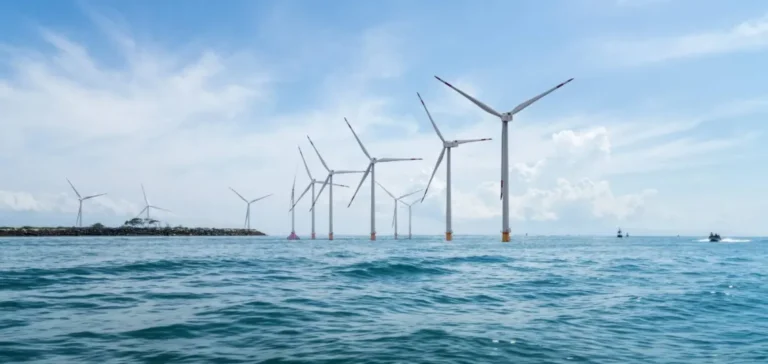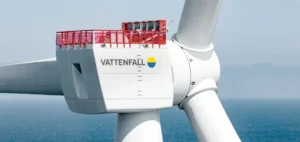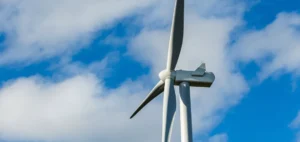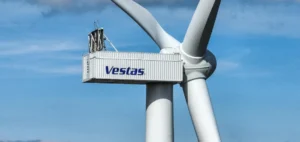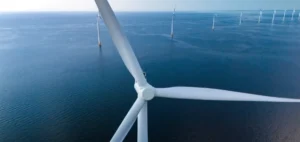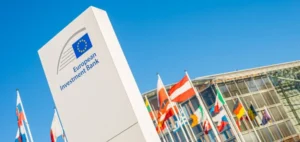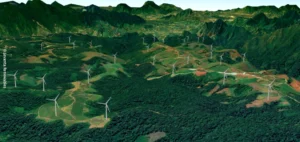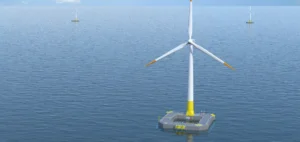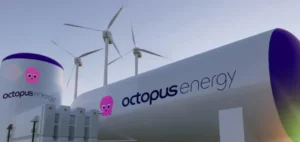The global installed offshore wind capacity has reached 85.2 gigawatts (GW), according to the recent RenewableUK report, EnergyPulse Insights Offshore Wind. This marks an annual increase of 14%, up from 74.7 GW previously. The sector continues to grow steadily, supported by sustained investments in Asia and Europe. Among operational capacities, China now holds a dominant position with 42.9 GW installed, representing over half of the global total.
China Leads, Europe Accelerates
Following China, the United Kingdom has an operational capacity of 15.6 GW, with Germany coming next at 9 GW. The Netherlands (5.4 GW), Taiwan (3 GW), and Denmark (2.7 GW) complete the group of major players in the offshore wind sector. Additionally, the United Kingdom is preparing for a new phase of auctions (Allocation Round 7) aimed at adding up to 16.3 GW of additional offshore capacity by 2030, primarily using Contracts for Difference (CfD).
Meanwhile, Germany continues key projects in the North Sea and Baltic Sea, while the Netherlands is advancing major initiatives such as Hollandse Kust West, aimed at strengthening its offshore grid. In Asia, Taiwan maintains a steady pace, currently developing additional capacities to reach approximately 5.5 GW by 2025.
United States and Emerging New Markets
In the United States, developments are mainly focused on the East Coast, with several prominent projects such as Vineyard Wind (800 MW) off Massachusetts and Ocean Wind (1.1 GW) in New Jersey. The U.S. government aims for a total installed capacity of nearly 30 GW by the end of the decade, necessitating massive investments and significant development of the local supply chain.
Emerging markets such as Indonesia, Chile, and Malta have also recently joined the group of active countries in offshore wind, attracted by the economic opportunities this technology offers. These new entrants primarily seek to diversify their energy mix and strengthen energy independence, leveraging international technological and commercial partnerships.
Floating Wind as a Future Growth Driver
Additionally, floating offshore wind is gaining visibility. RenewableUK forecasts that this technology will account for around 2.5 GW of global capacity by 2030. Among flagship projects is Hywind Tampen in Norway, set to become the world’s largest floating wind installation with a planned capacity of 88 MW. Other significant initiatives are anticipated off California and Scotland, including projects such as California Floating Wind and ScotWind.
Amid this momentum, the global industry faces significant challenges related to rising construction costs, limited availability of key components, and logistical delays, factors potentially affecting timelines for commissioning the most ambitious projects. These structural issues must be managed to enable the sector to reach the symbolic threshold of 100 GW operational by mid-2026, in line with current forecasts.


